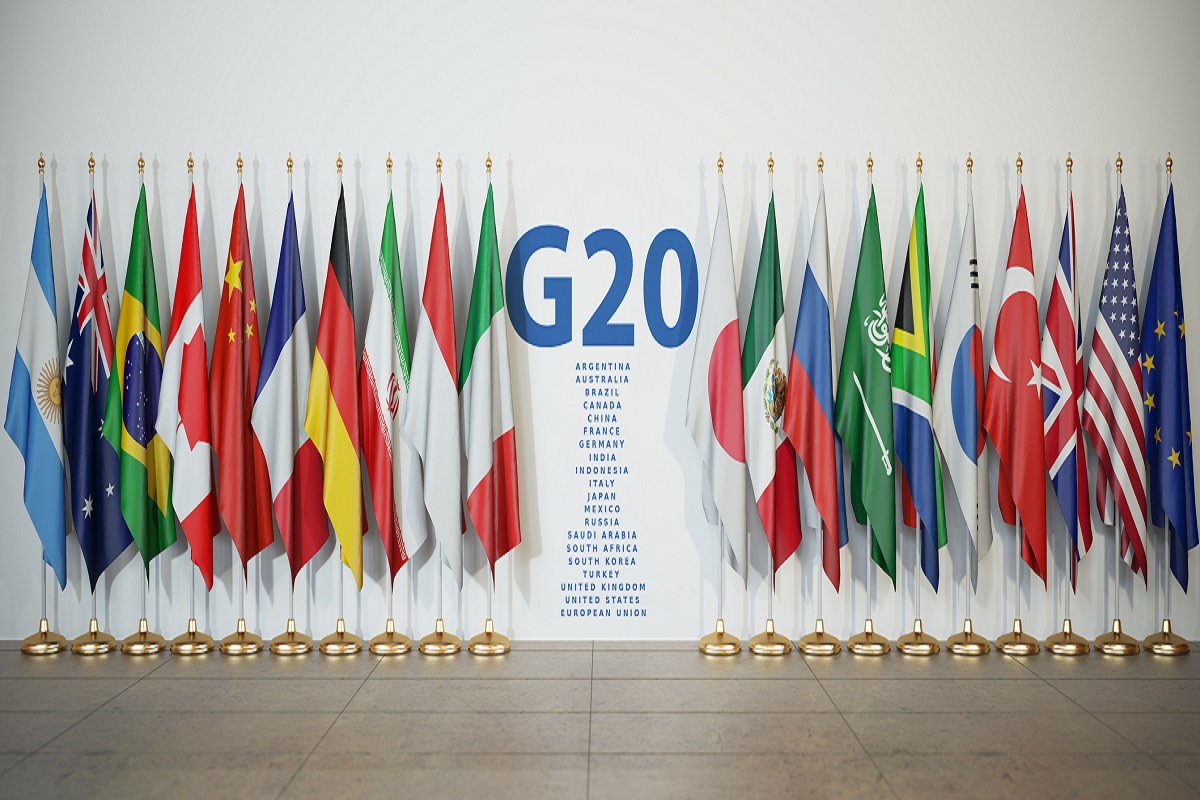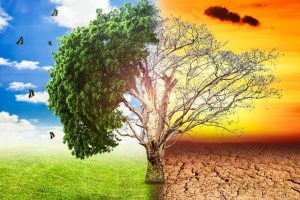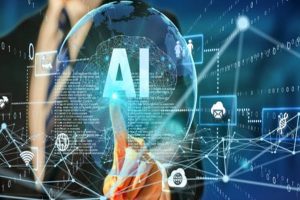A major obstacle for translating the concept of Vasudhaiva Kutumbakam into a tangible reality is prejudice. In this ever-changing world, the meaning of certain words and phrases seem to be constantly shifting. It can be hard to keep track of what things mean to different sections of the population in the country or even the clever meanings one can find buried in them. India’s civilizational ethos, Vasudhaiva Kutumbakam, (translated as the world is a family) was reinterpreted during the G20 Summit last year as “One planet, One family, One future”.
If everyone truly believed in this then why such intense polarization within the country and among the comity of nations giving rise to conflicts and wars – threatening the very survival of civilization, as we know it. When our rishis (sages) articulated the concept of “the world is a family,” thousands of years ago, I am sure the majority of the people understood the word “family” but not the “world’. The “world” for them was the village or villages in a limited geographic region. Today, despite the vast amount of knowledge about our world and for that matter the universe there is still a great deal of ignorance.
Advertisement
Such ignorance is the principal reason for the hatreds, the conflicts and the perpetuation of prejudice. No progress is possible unless all types of prejudices are completely eradicated. What is prejudice? It is an unjustified or incorrect attitude towards an individual based solely on identity. It could be race, religion, caste, creed, class or gender. One can be prejudiced for a variety of reasons. Prejudice often stems from stereotypes and leads to discrimination, fostering an environment of intolerance and exclusion. We are living in the age when peoples’ minds are being prejudiced with fake news and poisoned with distortions through all types of mass media. How should we address the multi-pronged crises, particularly the damaging impact of prejudices both at the individual and societal level.
To acknowledge the oneness of the human family is not to call for uniformity because a true appreciation for the oneness of humanity contains within it the essential concept of diversity. How often we have experienced the longing of people of all countries, encompassing every strata of society, proclaiming their readiness for peace and harmony, for an end to the misery tormenting their daily lives. And yet these same people easily fall prey to rumours and distortions that lead to acts of mindless violence and anarchy. How many times have we witnessed entire nations or communities plunged into emotions of mass hatred extinguishing all feelings of hope and peacefulness? Bahá’u’lláh, founder of the Baha’i Faith, has asked all peoples to independently investigate with an unbiased mind the truth of his Revelation.
For every human being has been endowed with the gift of understanding and with a mind that should be operated as a torch to distinguish between light and darkness, truth and falsehood. What is needed to resolve the intractable problems caused by prejudices is a settled consensus for safeguarding various systems, cultures and beliefs around the world based upon a set of common values and principles. Through global agendas we have seen how a majority of countries have successfully addressed the issues of universality of human rights, the imperative to eradicate poverty, dealing with climate emergencies, the need to live within environmentally sustainable limits; occasionally jointly combating natural and man-made disasters. Fostering a more inclusive and equitable world is very possible.
A pragmatic framework that accommodates the diversity of human heritage is UNESCO’s curriculum on Education for the 21st Century titled: Learning—The Treasure Within in 1996 and Education Futures – Conservation & Change in 2020. Children are most susceptible to the environment where they live, be it the family, the school and the spaces to which they are exposed. Childhood is a formative period when attitudes and beliefs are shaped. Children are naturally curious and innocent making it an ideal time to instill values of acceptance, empathy, and respect for diversity. Early intervention helps prevent formation of biased views and promotes a more inclusive mindset that they carry into mature adulthood. Anchored upon the vision and the paradigms of lifelong learning and the four pillars of learning to know [gynan yoga], to do [karma yoga], to be [atma yoga], and to live together [sahaj yoga] UNESCO urged every nation to adopt its unique approach to holistic education.
A majority of the member states of the United Nations system endorsed the recommendations contained in these documents. Unfortunately, despite possessing the best guidance or excellent legislation, when it comes to implementation, there is gross failure and the problems multiply. Despite the sorry state of affairs on our planet, I am still an optimist. Beginning with the family which is the basic unit of civilization, parents are responsible for the proper discharge of their duties towards children. They cannot blame the school authorities for their children going astray. Parents must address any untoward situation due to biased behavior, language or attitude at home or in the neighbourhood. Parents should foster good rapport with children especially when they are teenagers, alert to the impact of diversity of cultures, forms of amusement, exposure to books, social media, friends’ circle, the school environment, etc.
Some of the strategies that teachers in schools have used in the classroom to combat prejudice and promote inclusivity are: (i) incorporating diverse perspectives in the curriculum; (ii) fostering open discussions about differences and biases, and (iii) implementing cooperative learning activities to encourage collaboration among students from different backgrounds. Most important is that teachers should set the example of inclusive behavior; any instances of prejudice or discrimination should be addressed promptly and constructively. At an institutional level the schools can create an inclusive environment by implementing policies that promote diversity and equity, such as anti-bullying programmes and diversity training for staff and students. Many schools have regular events that celebrate cultural and religious diversity and are mandated to integrate marginalized students and provide a welcoming environment.
Encouraging all students to participate in diversity clubs or committees can play a significant role. Collaboration between parents and teachers is vital to fostering a prejudice-free mindset in children. Parents and teachers should regularly discuss the child’s progress and any prejudice-related concerns. They should regularly organize workshops or meetings focused on diversity education and shield their children from the forces of disintegration that are hastening the collapse of a morally and spiritually bankrupt present-day civilization. Many of these suggestions are easier said than done but whoever seriously carries them will find it most rewarding and these children will be grateful to their parents as well as their teachers.
principle of the oneness of humankind offers the world a vision broad enough to unite all its diverse elements. By translating that vision into an order based on unity in diversity the world can heal the social fractures that divide it. The eight-million strong Bahá’i community may be treated as the leaven through which the peoples in every country can discover a new way of life, a pathway to enduring peace. They do so by extending their hand of friendship, inviting everyone to walk the path of service together through collective learning, convincing them of humanity’s common future at a time when the condition of the world appears to be becoming more desperate and its divisions more severe.
Bahá’ís are deeply saddened by humanity’s sufferings, but not paralyzed by them. They have internalized UNESCO’s four pillars of learning, particularly, the fourthh one: “learning to live together”, developing an understanding of others, of their history, their traditions, their spirituality. Such understanding provides a basis for the creation of a new spirit. (The writer is a social worker, independent researcher, and member of the Bahá’i Community of India.)











